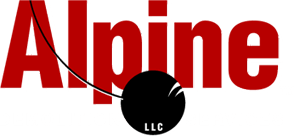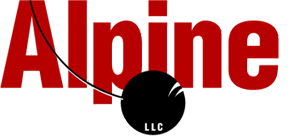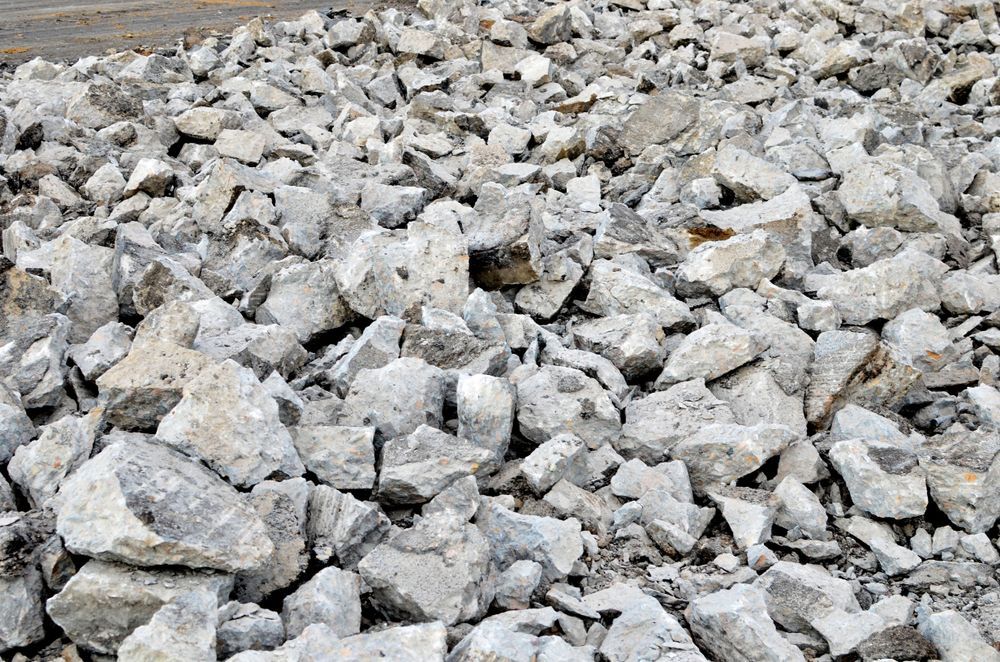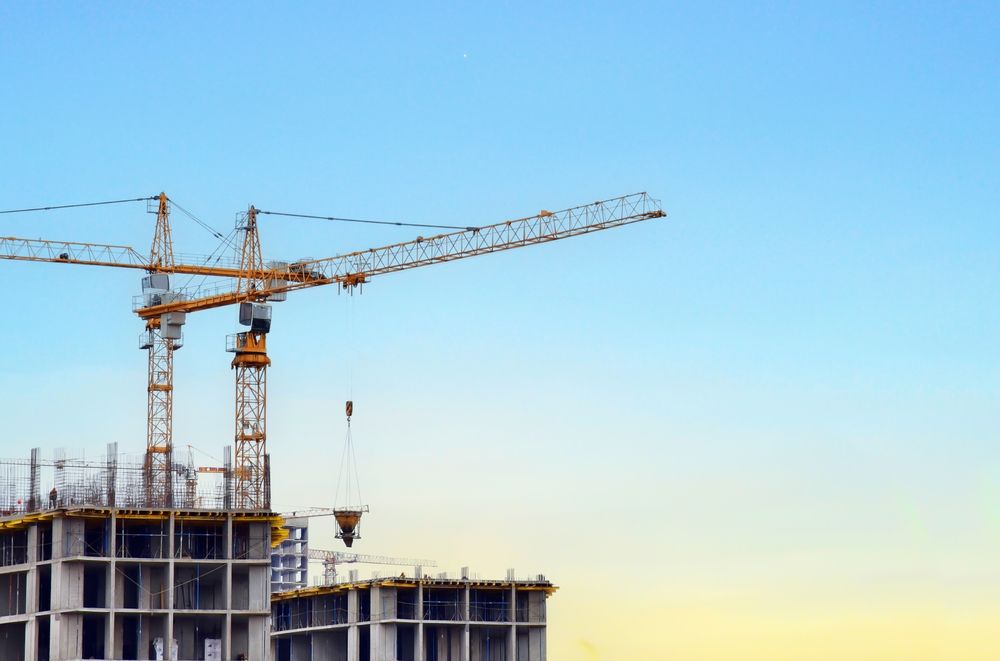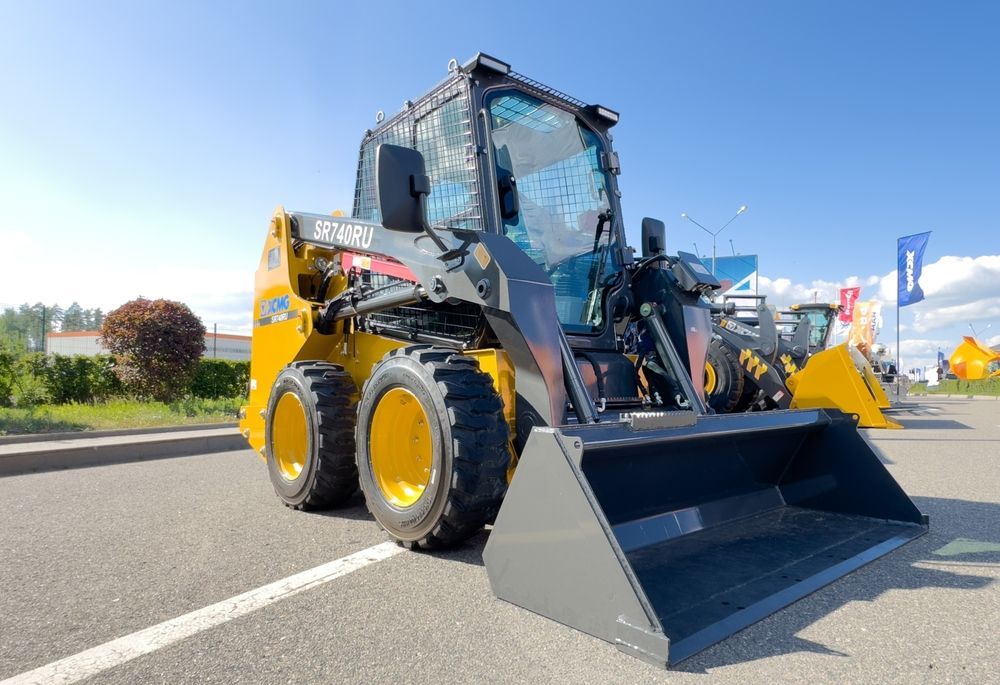4 Methods of Demolishing a Building
Share this article:
Written by: Alpine Demolition
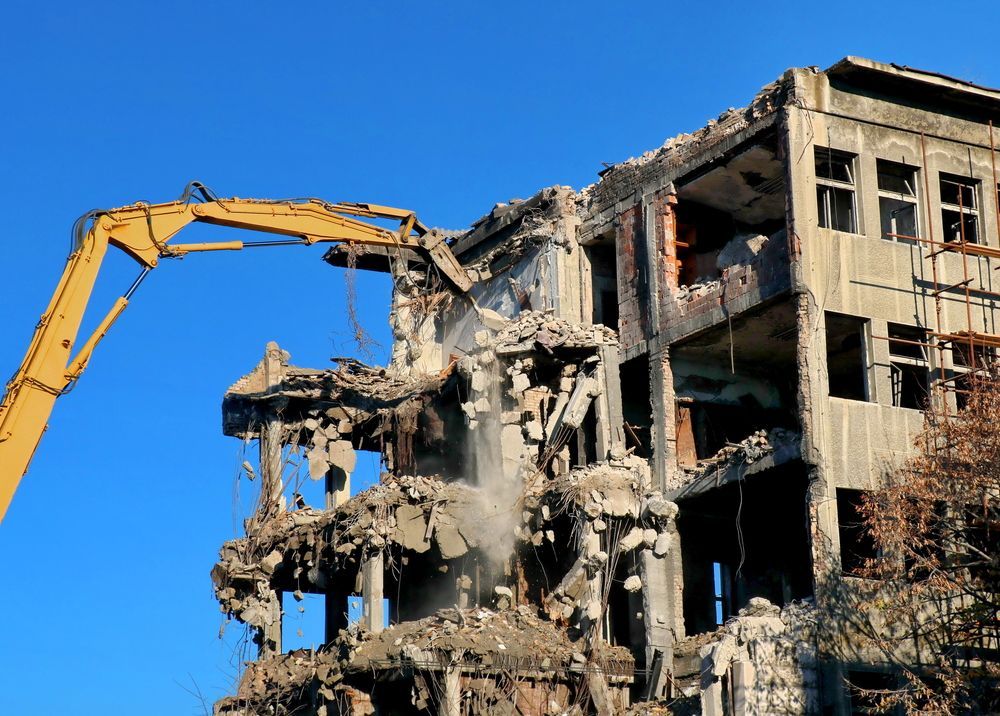
Are you readying to demolish a structure to redevelop the property? The average lifespan of a building in the U.S. is around 50 to 60 years, so demolitions happen more often than you might think throughout the country.
They're also not universally the same. Every demolition job is different. So too is the method for bringing a building down. In this post, we'll discuss the four most popular methods for demolishing a building, which include implosion, selective demolition, the wrecking ball, and the use of a high-reach arm, to help you best determine what method is right for your next project.
Read on to learn more about the pros and cons of each method and contact Alpine Demolition for more information on what method would work best for your next project.
Explosion & Implosion to Demolish a Building
By far the most attention-getting way to bring down a commercial building, implosion is a fast, effective way to take a property down to rubble. Simply put, this method consists of lacing a building with explosives - particularly near the support structures - and then forcing the building to collapse into itself upon detonation.
Implosions are carried out in a matter of seconds and tend to draw a lot of media attention and onlookers. Following an implosion, demolition crews will still have to clean up and haul off the debris, but the act of bringing the building down is much more streamlined compared to the other demolition techniques we'll share in this post.
It's also worth noting that implosions are only fast and effective if they're properly planned. For a building to come down as intended, explosives have to be carefully placed. This often involves a thorough building assessment to ensure the charges are placed correctly. A great example of an implosion gone wrong was when crews went to demolish the former home of the Detroit Lions in 2017 - the Pontiac Silverdome. An error led to a failed first implosion, forcing crews to do it over a day later.
Implosions are best for large commercial structures. And while they attain a lot of media attention, you might be surprised to learn that less than 1 percent of all building demolitions are implosions.
Selective Demolition By Hand
If your goal is to recover the maximum amount of materials for recycling and reuse purposes, then selective demolition is the right process for you. Also commonly known as "strip out" or "deconstruction," selective demolition is much more meticulous than many of the other demolition techniques that make this list - and for this reason, it also tends to be much safer. With up to 85 percent of all materials able to be recycled or reused, this type of demolition is often also preferred among eco-conscious developers and property managers. Some of the most common materials that selective demolition recovers for reuse include brick, metals, wood, and concrete.
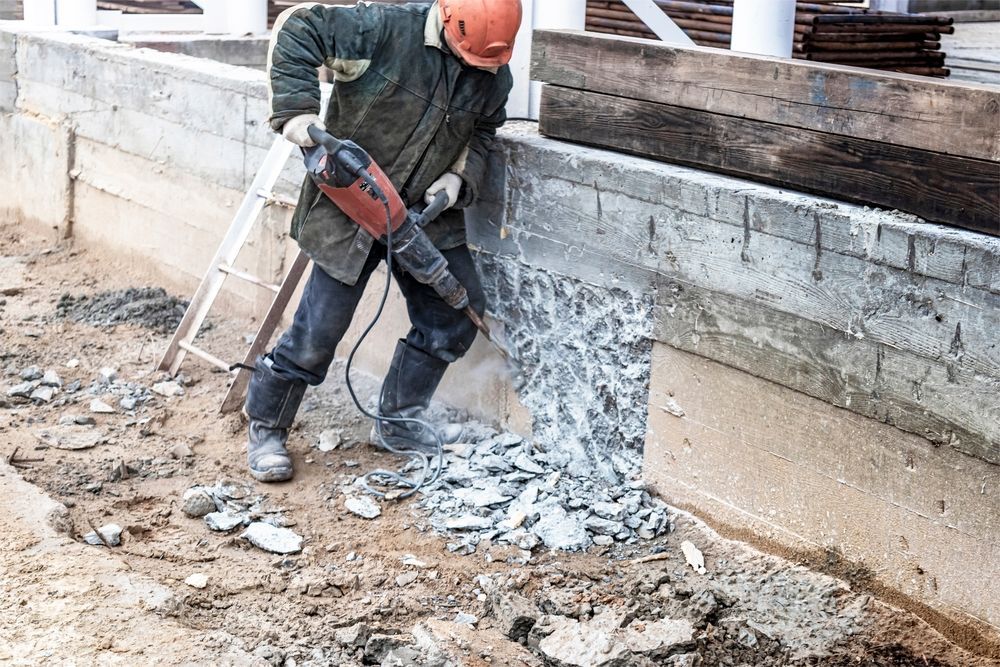
Despite the benefits, there are some notable drawbacks to this method of demolition. Because the goal is to recover and reuse as many materials as possible, this type of demolition tends to be slow and very labor-intensive, often requiring many workers on-site at a time.
Wrecking Balls & Excavators: Demolition With Machines
Here's an overview of each method that involves building demolition with machinery.
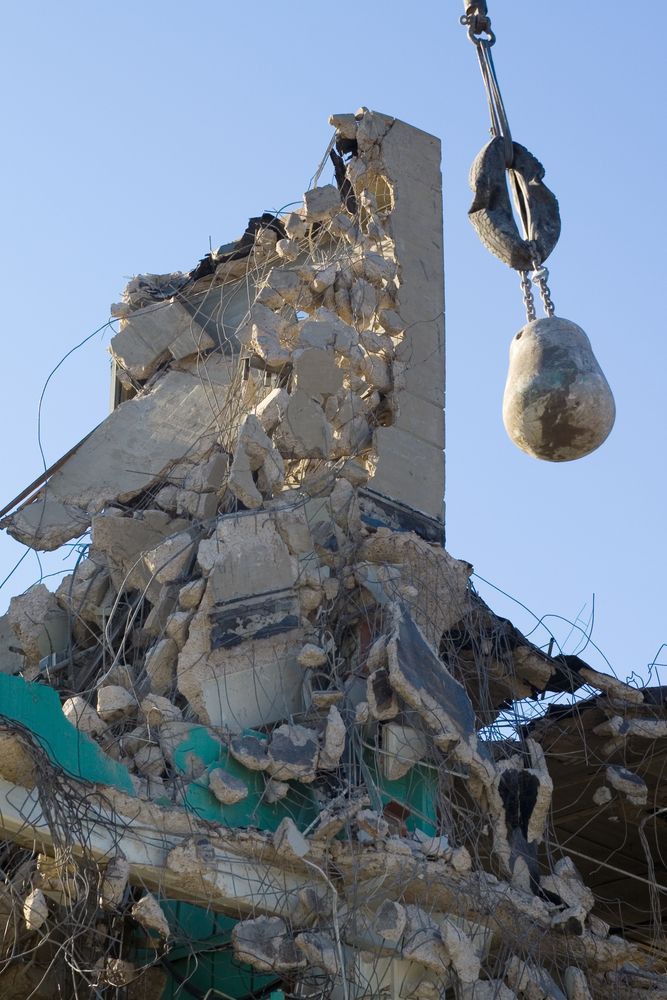
Wrecking Ball
Bring on your wrecking ball! The wrecking ball, or crane and ball, method of demolition is effective and still very popular. The wrecking ball - which can weigh as much as 13,500 pounds - is either swung from or dropped from a crane into or onto a structure, using the momentum of the ball to smash through building materials.
While popular, there are some limitations to this method. For instance, the crane operator swinging the wrecking ball must be very good at their job. If the swing or drop isn't controlled correctly, it poses a major safety hazard that could put workers and any surrounding properties at risk. Two, this method tends to be noisy and dusty. And lastly, this method doesn't apply to all demolition sites, especially those in confined areas.
High-Reach Arm
This demolition method consists of attaching an arm to a piece of heavy-duty equipment, such as an excavator, and then using the arm to remove sections of the building. It's a newer method of building demolition that does the work in sections. Once these sections or pieces reach the ground, then workers work to further break these pieces up and remove them from the site.
Fitting to the name, the use of a high-reach arm tends to only be done on buildings that are several stories high. Anything shorter than 60-65 feet is better suited for the wrecking ball. The use of a high-reach arm is often preferred over the wrecking ball due to its enhanced safety and its ability to better control dust and debris on site.
Contact Alpine Demolition
For more information on these four leading methods of building demolition, contact Alpine Demolition today. As a leading demolition firm, we specialize in all types of demolition - from implosion to deconstruction - and do the work in a safe, effective, and timely manner. We boast a better-than-average 0.83 EMR, have successfully completed more than 2,000 projects, and have an industry-leading 95 percent customer satisfaction rate. What's more, we'll incorporate sustainable practices into demolition jobs, thanks to our advanced sorting methods and concrete crushing services.
Contact Alpine Demolition today to learn more about our services and to consult with us on your next demolition project.
